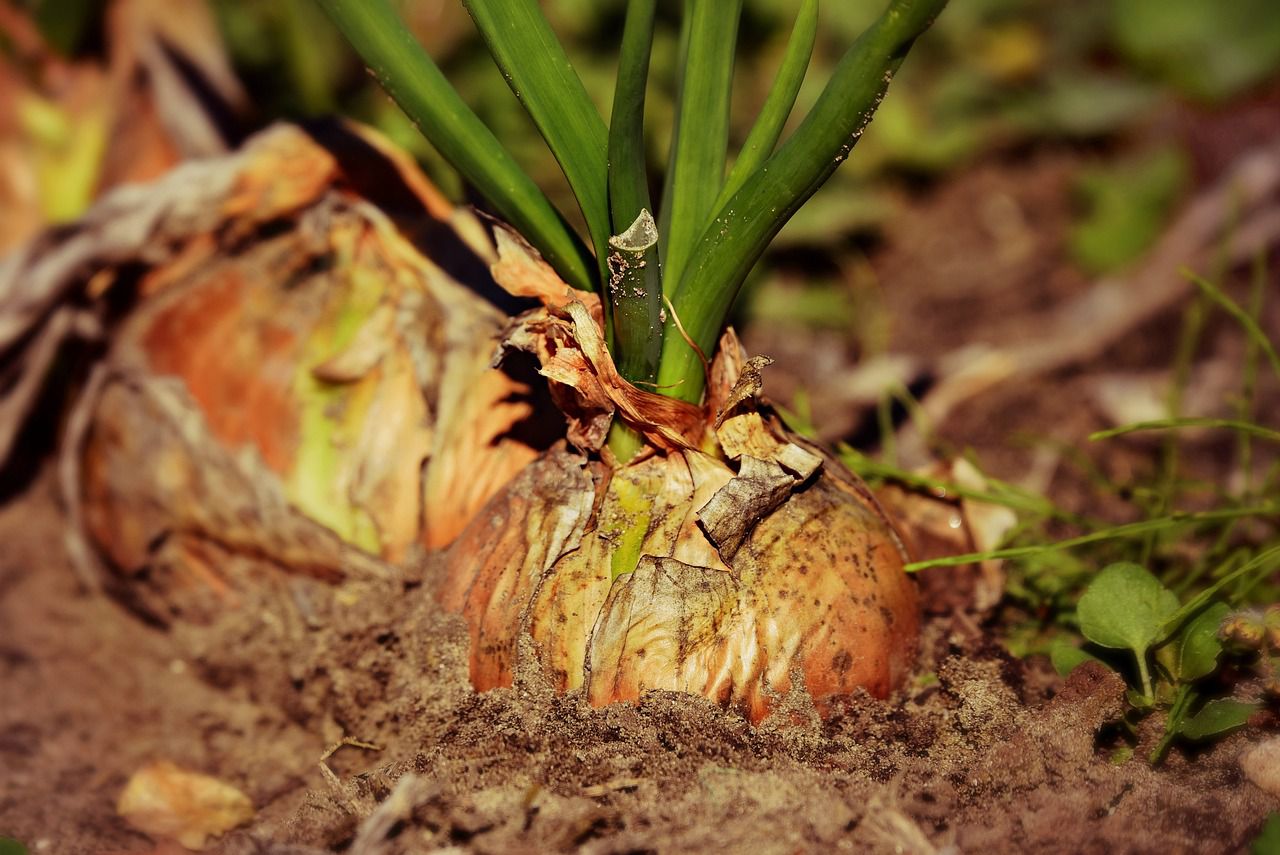There are plenty of soil types available, but loam seems to be one of the best types of soil for lots of plants.
Farmers and gardeners love it because plants thrive there, so they sometimes buy the soil to make gardening easier.
Here are a few important benefits of loam you should know about.

Ideal Drainage
Loam has the perfect balance of sand, silt, and clay, which allows water to move through the soil without pooling.
This prevents plants from drowning and root rot, making it suitable for various types of plants.
Moisture Retention
It can hold onto moisture, ensuring that plants have a steady water supply, especially during dry periods.
This is essential for healthy plant growth.
Nutrient-Rich
Loam is naturally rich in essential nutrients, like nitrogen, phosphorus, and potassium, which plants need to grow and thrive.
These nutrients are readily available to plants in loamy soil.
Optimal Root Growth
The texture of loam is just right for plant roots. It allows roots to spread out, grab onto nutrients, and anchor the plant securely.
The root-friendly environment helps plants grow robust and healthy.
Easy to Work With
Loam is easy to till, plant, and cultivate, making gardening more manageable. It provides a stable and supportive environment for your plants.
Versatility
Loam is versatile and suitable for a wide range of plants, from vegetables to flowers to shrubs.
Whether you're growing tomatoes, roses, or other garden favorites, loam can provide an excellent foundation for them.
Conclusion
In summary, loam is like the Goldilocks of soils – not too sandy, not too clayey, but just right for successful gardening.
It offers the ideal combination of drainage, moisture retention, nutrient availability, and root support that plants need to thrive.











